How to feed cucumbers during fruiting?
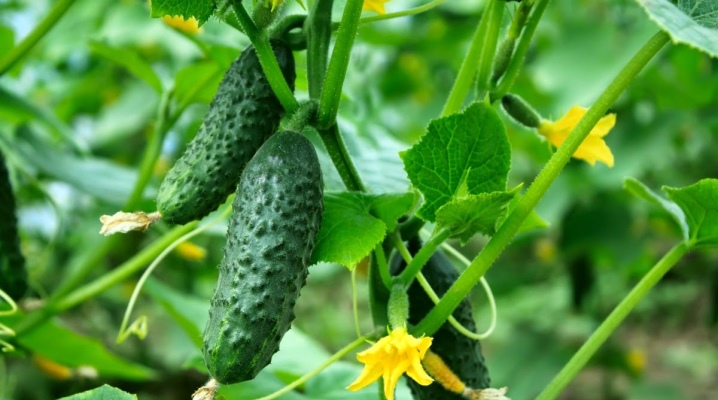
To obtain a rich harvest of cucumbers, it is very important to provide plants with warm, moist soil, enriched with useful micro- and macroelements. To warm up the substrate, compost or manure is introduced into it in early spring, and regular watering provides the necessary moisture level. You can't do without top dressing. The better to fertilize cucumbers at the fruiting stage - this will be discussed in our material.
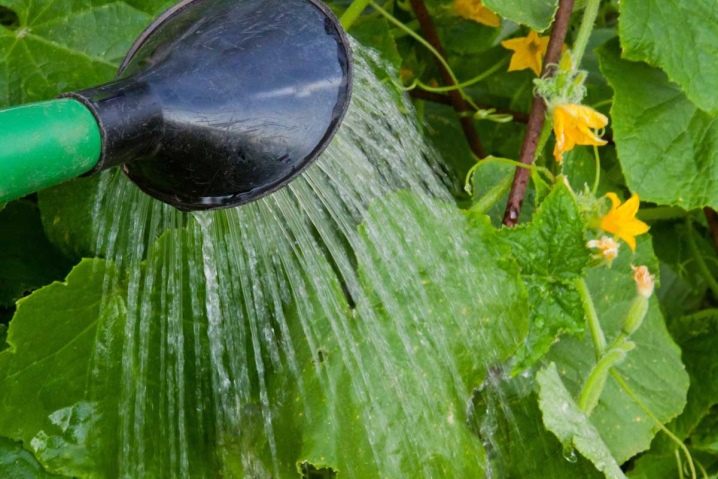
Fertilizer overview
At the disposal of modern summer residents there is a wide range of a wide variety of fertilizers. Among them there are ready-made mineral preparations, complex mixtures, organic dressings, as well as compositions made according to folk recipes.
Organic
Of the organic dressings at the stage of flowering and fruit formation of cucumbers, the infusion of mullein is most effective. To draw up a nutrient solution, the mullein is poured with water in a ratio of 500 g per 10 liters and left to infuse for a week. Before use, the solution is filtered and filtered. The application rate for one bush is 1 liter.
Mullein supplies the vegetable crop with nitrogen, its use should be single and strictly dosed.
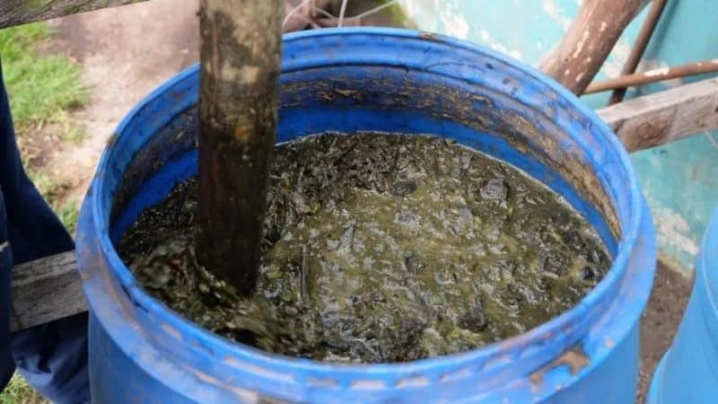
Cucumbers need calcium and potassium to form strong fruits. Wood ash allows to compensate for the deficiency of these microelements. The bucket is filled with ash about a quarter, poured with boiling water and insisted in a warm place for 2-3 days. Then the infusion is filtered and used for spraying the leaves and applying at the root.
Such feeding significantly improves the quality of ovary formation and fruit formation.
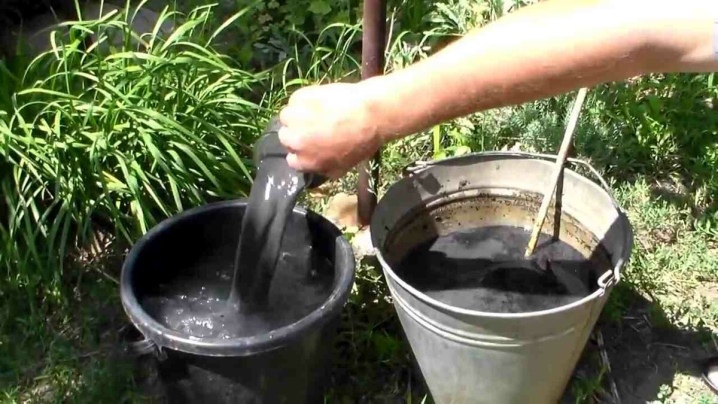
Mineral
Of the minerals during fruiting, potassium nitrate is suitable for the greens, it can be used on different types of soils. The product is sold as a crystalline salt or powder. The potassium content of this preparation is 3 times higher than the nitrogen concentration, so it is suitable for set fruits.
For a working solution, 25-30 g of nitrate is dissolved in a bucket of cool water, mixed thoroughly and watered. Such fertilization normalizes the cellular respiration of seedlings, increases its immune defense and enhances the growth of the root system.
It is noticed that when using potassium nitrate, the fruits become juicy and tasty.

Urea should be treated with caution during the fruiting stage of cucumbers. It is applied only if the plants are deficient in nitrogen. In such a situation, the growth of green mass slows down, since the plant directs all its forces to the formation of fruits. However, for the full formation of the crop, it is important that the cucumbers do not stop growing new lashes. In addition, with a nitrogen deficiency, potassium ceases to be absorbed and the absorption of phosphorus decreases, so all 3 mineral components must act in conjunction with each other. The bait composition is made up of 50 g of urea diluted with 10 liters of water. For each cucumber bush, you need to add 1 liter of finished fertilizer.
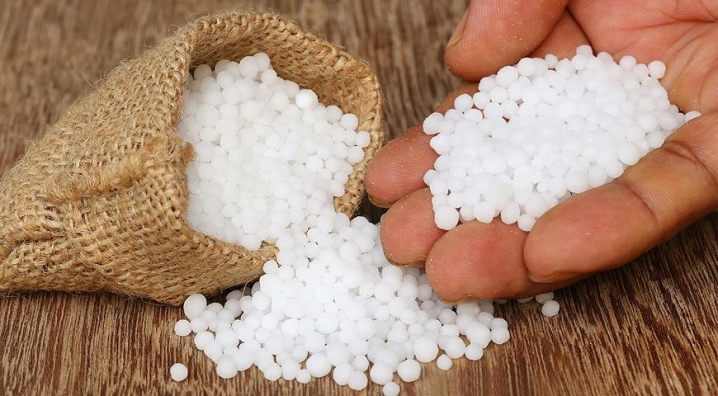
A magnesium sulfate solution gives a good effect at the stage of fruit formation. However, it should never be combined with calcium nitrate. When these substances come into contact, a reaction is triggered, which gives insoluble compounds, so nutrients simply do not reach the growing cucumber fruits. To prepare the fertilizer, 10 g of the chemical is diluted in 10 liters of water and applied at the root at the rate of 0.5 liters per bush.
Tip: if at the time of fruiting the cucumber seedlings were infected with a fungus, you need to spray the plants with Bordeaux liquid.
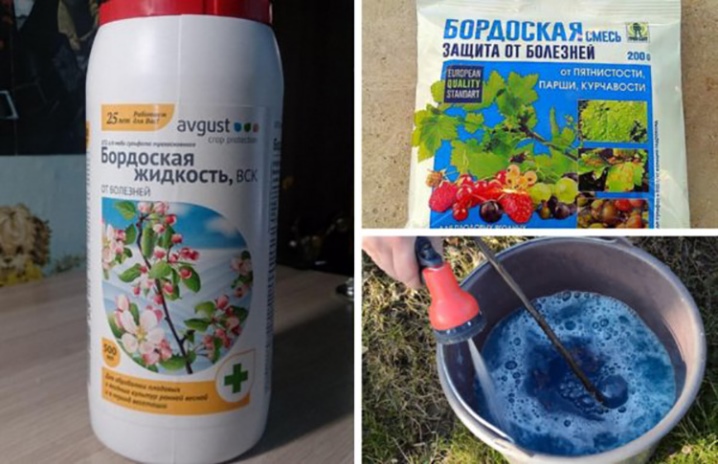
Complex
In the phase of formation of greens, the plant needs phosphorus, potassium and nitrogen. You can prepare a complex composition yourself. To do this, take 25 g of potassium salt, 35 g of ammonium nitrate and 45 g of superphosphate for 10-12 liters of water. The stores sell ready-made complex products designed specifically to improve the quality and increase the fruits of the cucumber culture:
- FlorHumate;
- "Kristalon cucumber";
- "A clean sheet for cucumbers and zucchini";
- "Good power for cucumbers, zucchini and squash";
- "Spring" brand "Fasco".
Similar drugs are produced by BioMaster, Lukor, as well as Antey and some other manufacturers. All these products must be used in the exact dosage indicated by the manufacturer on the packaging.
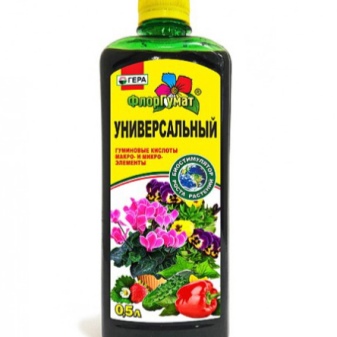

Folk remedies
Not all summer residents love chemistry, many prefer folk remedies, before they were often used by our grandparents... The advantages of such compositions are obvious - they are 100% environmentally friendly and safe for the seedlings themselves, pollinating insects, as well as people and their pets.
Yeast
One of the most nutritious dressings you can make yourself at home. To make it, 100 g of raw yeast and 100 g of sugar are stirred in 5 liters of water. The finished mixture is left to ferment for 2-3 hours, then diluted with water, bringing the volume to 15 liters. The watering rate for cucumber bushes is 500 ml for each bush.
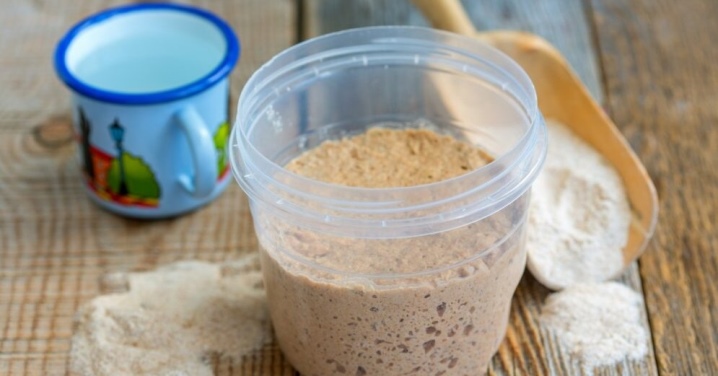
Bread leaven
If yeast is not available, you can use bread - fortunately, the main component of such a fertilizer is available in every home. A loaf of bread is placed in a bucket of warm water (it can be stale), poured over with warm water and left for 8-10 hours. In the morning, squeeze the bread, stir, add 30 drops of iodine and filter.
For plant nutrition, each liter of the finished infusion is diluted in a bucket of water.

Fermented fertilizer
Very effective composition, 100% environmentally friendly. To make it, the mown succulent grass is placed in a plastic bag, preferably dark in color, hermetically sealed and placed in a warm place for 2-3 days. During this time, the biomass warms up, the process of its decomposition and subsequent fermentation starts, and all pathogenic microbes die. Next, the grass is moved into a bucket up to a third of the volume, filled with clean water and left to ferment for several hours. The composition is used undiluted, watering is carried out every 2 weeks.
Tip: do not rush to throw out the remnants of the grass - it can be spread out on the beds as mulch.
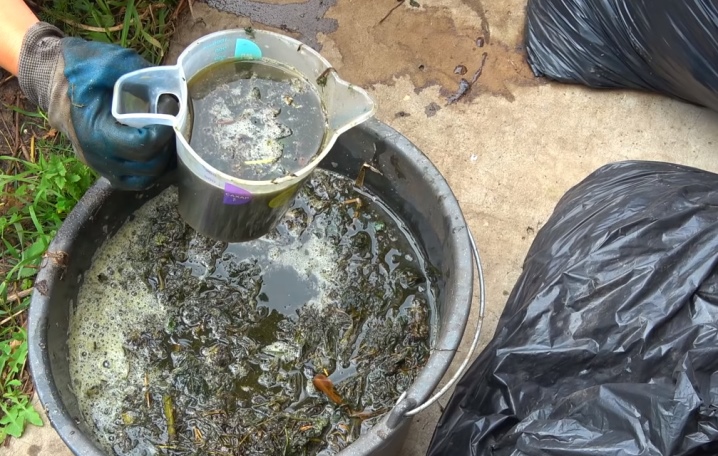
Onion peel
To prepare the fertilizer, 100-300 g of onion husks are poured into 8-10 liters of boiling water and insisted for several hours until they cool completely. Under each cucumber bush, you must add 1 liter of solution.
An excellent effect is given by spraying greens of cucumbers and growing fruits with the same infusion.
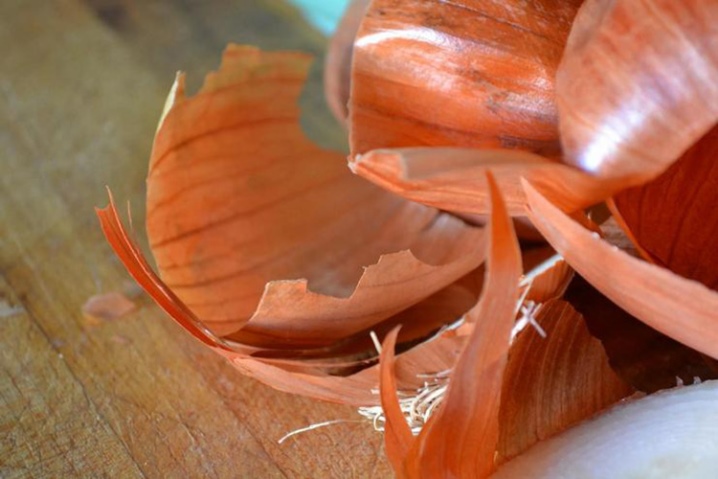
Iodine and milk
This mixture stimulates active formation of ovaries and at the same time protects cucumber beds from fungal pathogens. To draw up the solution, take a bucket of water, 1.5 liters of milk and 15 drops of iodine.
Milk can be replaced with whey or any other fermented milk product.
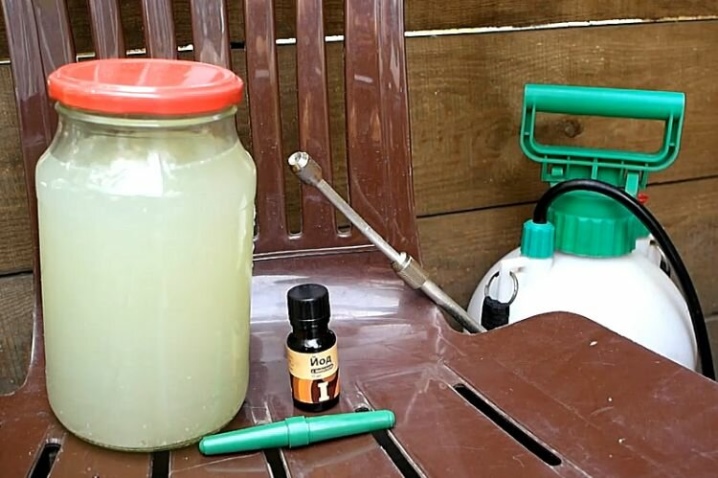
Eggshell
The shells are washed, peeled from the film, dried, and then crushed to a powdery state. It is best to use a coffee grinder, as the finer the shell, the more effective the fertilizer will be. To make a working solution for 2 liters of liquid, take the shell of a dozen eggs, stir and insist for about a week. Before use, the infusion is diluted with 10 liters of water and the cucumber seedlings are moistened at the root.

Banana skin
The peel of 2-4 fresh bananas is poured into 3 liters of water and kept warm for fermentation. After the allotted time, the infusion is diluted with the same volume of liquid - and root feeding is carried out.
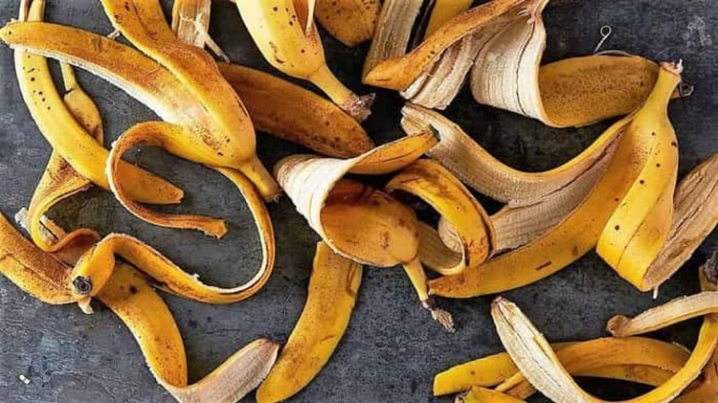
How to feed?
In the greenhouse
When feeding cucumbers at the fruiting stage in greenhouses, extreme caution must be exercised, precisely adhering to the norms for the introduction of mineral and organic substances. If you overdo it outdoors, it's not good, but not dangerous. Regular watering and rains quickly wash out excess trace elements into the lower layers of the soil. In closed greenhouses, greenhouses are planted in containers with a limited volume. In this case, no matter how much you water the cucumber garden, the excess of minerals will not go anywhere, and as a result will harm the culture.
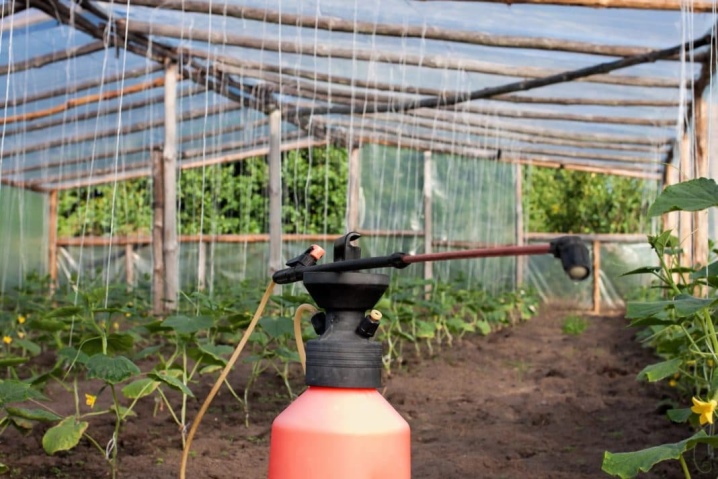
The greatest effect during the mass formation of cucumbers in greenhouses is given by a feed mixture composed of 2 tbsp. l. potassium nitrate, 5 tbsp. l. urea and 1 glass of wood ash, dissolved in a bucket of water. Alternatively, you can add a nitrophoska solution under the root.
After 2 weeks, fertilization is carried out with an ash solution. Additionally, you can spray the leaves with a urea solution. To do this, one matchbox of the composition is diluted in 10 liters of water.
The purpose of such a bait in greenhouse conditions is to extend the fruiting time of seedlings.

In the open field
In open areas, 2 types of dressings are used - root and foliar. In hot weather, nutrient mixtures are applied to the ground. By this time, the roots are developing well, therefore they quickly absorb fertilizers in liquid form and completely assimilate all useful substances. However, before making such dressings, the bed must be moistened with water, otherwise the roots may burn.
Foliar dressing is usually done in August-September, they allow you to extend the fruiting stage of seedlings. At this time of the year, the air temperature begins to drop, and cucumbers are less able to absorb nutrients. At this stage, fertilizers are applied by spraying. Such feeding should be carried out in cloudy weather or in the evening. Processing should be done on both sides. It is noted that the back side of the leaf plates absorbs nutrients much more intensively, since there are more stomata in it.
The most popular are foliar dressing with the compositions "Zircon" and "Epin". They have a stimulating effect, increase the immunity of cucumber bushes and increase their resistance to infections.
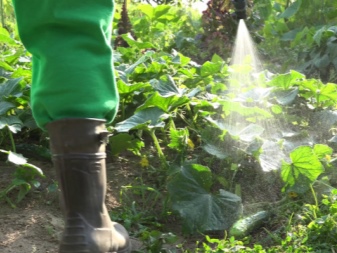
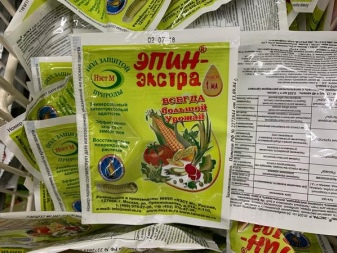
Only strong and healthy plants can form new fruits before the first frost.
Recommendations
In conclusion, let us dwell on fertilizers, which categorically cannot be applied at the time of fruiting. First of all, this is chicken droppings - it causes an intensive growth of green mass. Under these conditions, the plant directs all its forces to the formation of new leaves, there is simply no energy left for setting fruits, and the plant will not bear fruit.
With extreme caution, nitrogen-containing dressings should be used during this period, since cucumbers tend to accumulate nitrates in fruits. - the use of such products is fraught with serious poisoning. Superphosphates are used with restrictions, phosphates at the stage of fruit formation do not work at all. At this point, sulfates and chelates are much more effective.
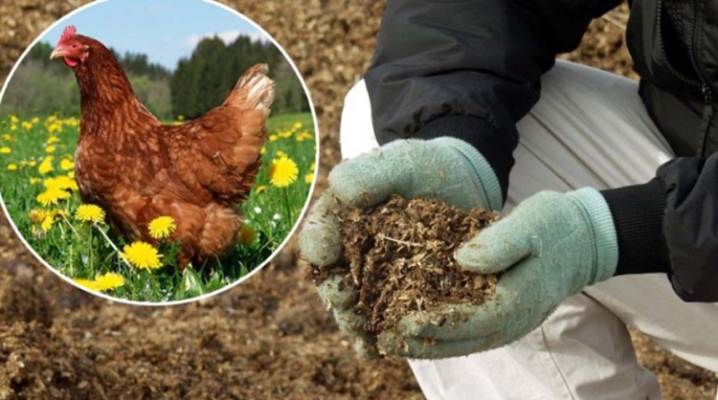
Cucumbers, like any other vegetable crop, require attention. They need to be fed, but fertilizers for them need to be selected in accordance with the characteristics of the growing season.
For a greater effect, you need to alternate watering and spraying - only in this case the plant will gratefully respond to your concern and reward you with a bountiful harvest of tasty and juicy cucumbers.
For information on how to feed cucumbers during fruiting, see the next video.













The comment was sent successfully.